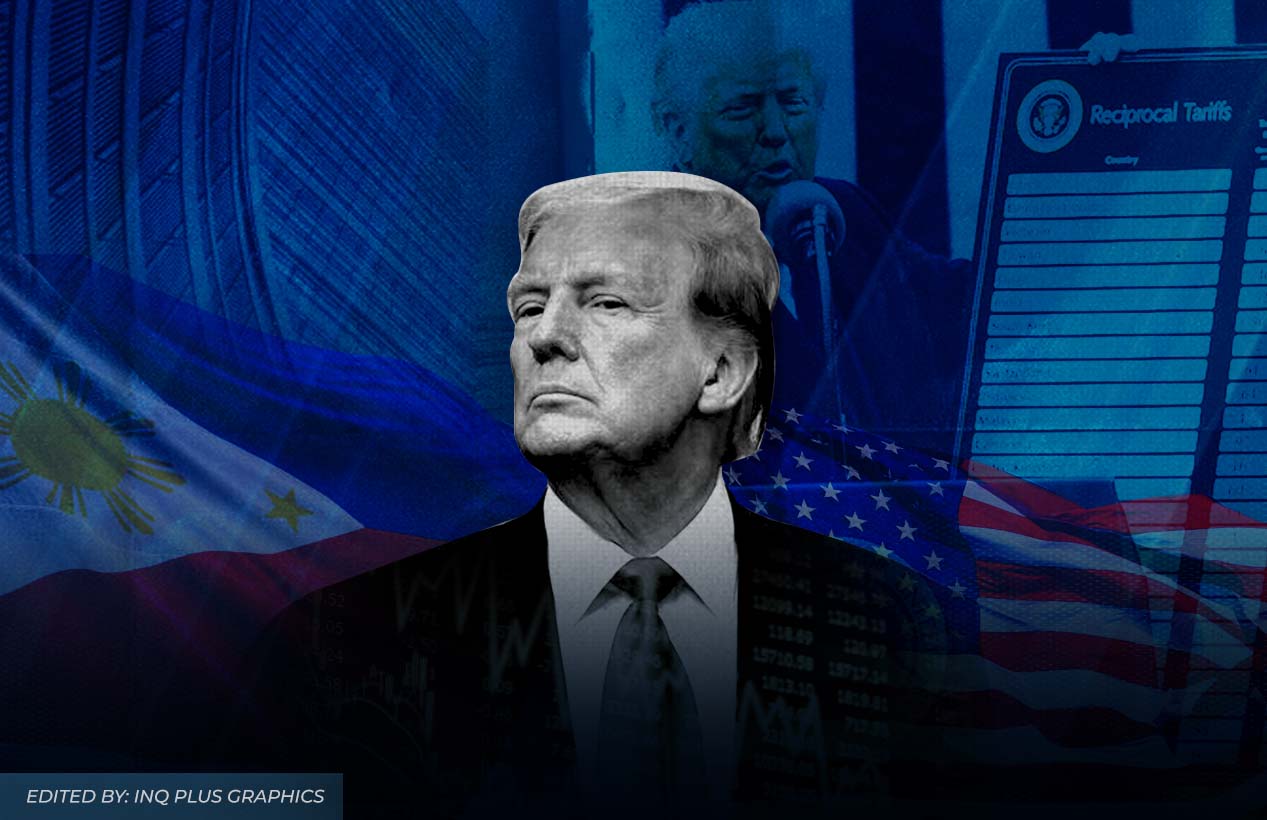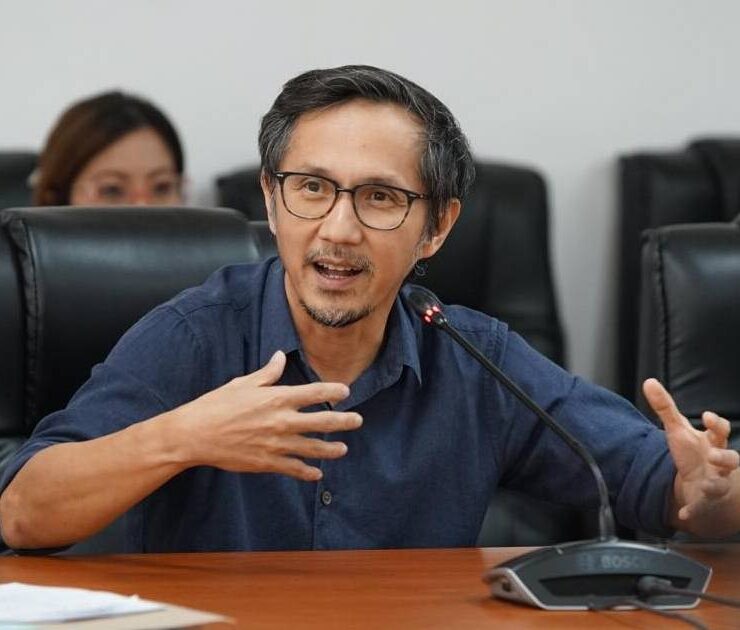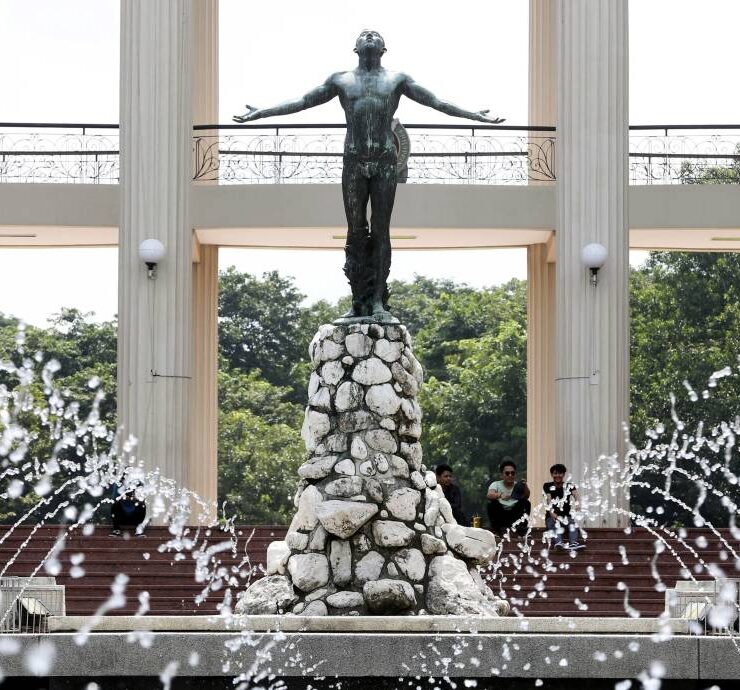PH biz groups still see upside of punitive Trump tariffs

- Is there an upside to the Trump tariff blitz? Major local business groups would rather see the silver lining in the fact that the Philippines is among the countries slapped with lower tariff rates, at 17 percent.
- “Since we have lower rates than our competitors in the (Association of Southeast Asian Nations), this is an advantage for us since imports from us will be cheaper,” (Philexport president Sergio Ortiz-Luis said.
- The levy is still lower than the 34 percent tariff on American goods coming to the country and much less punitive than those imposed on the country’s Asean neighbors: Cambodia (49 percent), Vietnam (46 percent), Thailand (36 percent), Indonesia (32 percent) and Malaysia (24 percent). Only Singapore will be subject to a baseline tariff of 10 percent.
- DTI and industry stakeholders agreed that the lower tariff on locally produced goods presents new opportunities for Philippine companies in the global export market. “Technically, if you look at it from a general perspective, that’s positive for us,” Agriculture Secretary Francisco Tiu Laurel Jr. said.
Major business groups in the Philippines see a silver lining in the country’s inclusion under US President Donald Trump’s reciprocal tariff policy, even as the cost of their exports to one of their biggest markets is set to rise due to the measure.
Philippine Exporters Confederation Inc. (Philexport) president Sergio Ortiz-Luis Jr. said on Thursday that the country could benefit from being among the nations subjected to a lower tariff rate of 17 percent.
“Since we have lower rates than our competitors in the (Association of Southeast Asian Nations), this is an advantage for us since imports from us will be cheaper,” Ortiz-Luis said in a phone interview with the Inquirer.
The Department of Trade and Industry clarified late Thursday night that the new US levy on Philippine exports starting April 9 is 18 percent, not 17 percent as Trump earlier posted on his media platform Truth Social, or still lower than the 34 percent tariff on American goods coming to the country and much less punitive than those imposed on the country’s Asean neighbors: Cambodia (49 percent), Vietnam (46 percent), Thailand (36 percent), Indonesia (32 percent) and Malaysia (24 percent). Only Singapore will be subject to a baseline tariff of 10 percent.
Ortiz-Luis added that Filipino exporters would likely adjust to the higher tariffs by raising prices and passing the additional costs to US consumers, thus minimizing the impact on local traders while maintaining profitability.
George Barcelon, chair of the country’s largest business organization, the Philippine Chamber of Commerce and Industry (PCCI), shares the same sentiment and suggested that the country track which sectors could take advantage of this to maximize the opportunities for local producers.
“These could be the garment industry, shoe makers and even electronics,” he said in a separate interview with Inquirer.
For the electronics sector, he pointed out that competitors such as South Korea, Taiwan, and Japan would face higher tariff rates of 26 percent, 32 percent, and 24 percent, respectively.
Least affected
The Department of Agriculture and industry stakeholders agreed that the lower tariff on locally produced goods presents new opportunities for Philippine companies in the global export market.
“Technically, if you look at it from a general perspective, that’s positive for us,” Agriculture Secretary Francisco Tiu Laurel Jr. said.
Danilo Fausto, president of the Philippine Chamber of Agriculture and Food Inc., noted that the Philippines “is the least affected by Trump’s tariff war.”
“Our weakness in global trade will be our strength in times of crisis. What the Philippines could do is find alternative markets and diversify export products,” Fausto said in a message.
“In the long run, I think the Philippines will be in a better position as an alternative source of US importers vs our neighbors,” Fausto said.
Raul Montemayor, national manager of the Federation of Free Farmers, said they would await the DA’s analysis of the tariff on each agricultural product.
“One of our major exports to the US are coconut based products like desiccated coconut that are currently tariff free. Overall and in agriculture, we have a trade deficit with the US but we need a product-by-product analysis,” Montemayor said.
Coconut, bangus (milkfish) and carrageenan are among the agricultural products exported to the US.
‘Very minimal’ impact
Malacañang also downplayed the potential effect of the tariff policy, saying it would have a “very minimal” impact on the economy.
In a Palace press briefing, Presidential Communications Office Undersecretary and Palace press officer Claire Castro noted that the Philippines “does not export much to the US.”
According to the US Trade Representative Office, American exports to the Philippines amounted to $9.3 billion, while imports from Manila totaled $14.2 billion in 2024.
Castro also expressed optimism that the lower tariff would entice more foreign investors to manufacture their products in the Philippines.
Trade Secretary Ma. Cristina Roque said the agency was closely monitoring the impact of Trump’s recent tariff decision and noted that initial assessments indicated the direct effects may be less severe for the Philippines compared to other Asean nations.
Opportunities
China Bank Capital Corp. managing director Juan Paolo Colet said the additional tariffs are generally expected to negatively impact Philippine exporters to the US, but similarly cited the benefits from having the lowest tariff rate among its Asean peers.
He added that any potential drag on the economy would likely be mild as exports of goods contribute a small share to the country’s gross domestic product.
He emphasized that to effectively capitalize on this opportunity, the country must focus on lowering energy costs, improving infrastructure, and enhancing the ease of doing business.
Rizal Commercial Banking Corporation Chief Economist Michael Ricafort also shared the same observation.
Since other Asean or Asian countries were imposed much higher tariffs, this may prompt “some global or multinational companies to locate investments… and production facilities in the Philippines since it has one of the lowest US import tariffs,” he said.





















